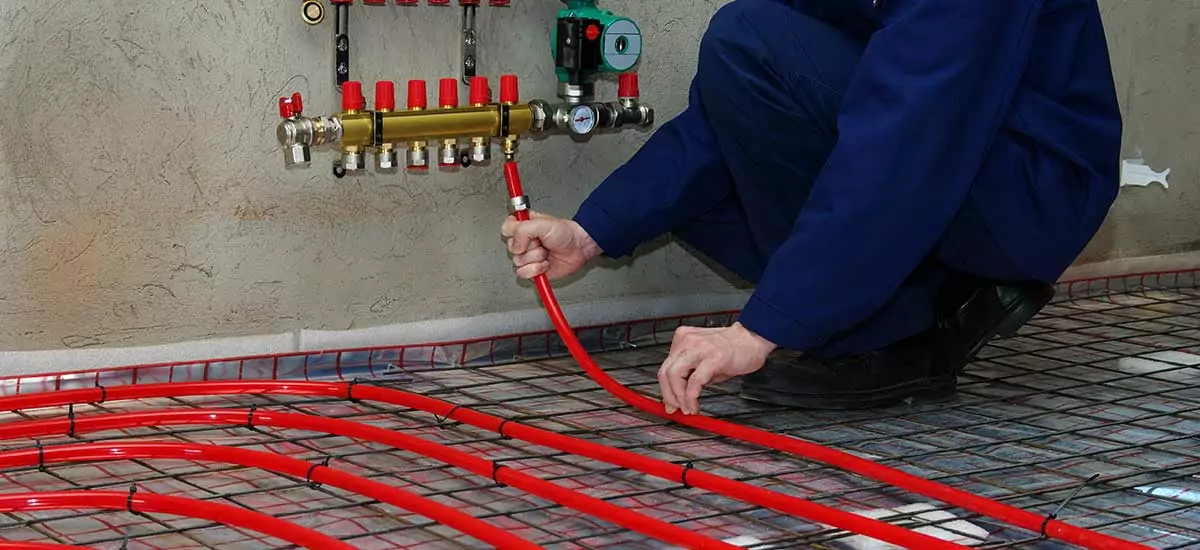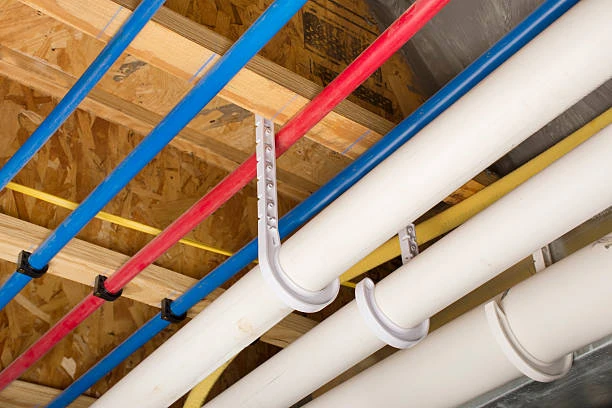What is ASTM F1974 PEX Pipe?
ASTM F1974 PEX Pipe is a flexible plastic tubing used for water supply lines in residential and commercial plumbing. It’s made from high-density polyethylene and is known for its unique cross-linking process, which enhances its durability and performance. There are three main types of PEX: PEX-A, PEX-B, and PEX-C, each with its own properties and applications.
Benefits of ASTM F1974 PEX Pipe
Flexibility and Ease of Installation
One of the biggest advantages of ASTM F1974 PEX pipe is its flexibility. Unlike rigid piping materials, PEX can bend around corners, which minimizes the need for multiple fittings and joints. This not only speeds up installation but also reduces potential leak points. Imagine trying to fit a stiff metal pipe around a tight corner—frustrating, right? PEX makes this a breeze!
Resistance to Corrosion and Scale
PEX is inherently resistant to corrosion and scale buildup. Unlike copper or steel pipes, PEX won’t rust or degrade over time. This durability means you won’t have to worry about replacing it due to wear and tear, making it a cost-effective option in the long run.
Energy Efficiency
ASTM F1974 PEX pipes are great at maintaining temperature. Because of their insulating properties, they reduce heat loss for hot water lines, ensuring that the water reaching your tap is hot and ready to use. This efficiency translates to lower energy bills—who doesn’t want that?
Lower Risk of Freezing
In colder climates, traditional pipes can freeze and burst. PEX, however, can expand and contract without breaking, significantly reducing the risk of freeze damage. So if you live in a place where winters are harsh, PEX might be your best friend.
Comparison with Other Plumbing Materials
PEX vs. Copper
While copper has long been a staple in plumbing, it comes with higher material and installation costs. PEX, on the other hand, is generally cheaper and easier to install. Plus, PEX won’t corrode, making it a more sustainable choice over time. Think of it as the budget-friendly alternative without skimping on quality.
PEX vs. PVC
Both PEX and PVC have their uses, but they serve different purposes. PVC is often used for drain, waste, and vent (DWV) applications, while PEX is designed for water supply. Additionally, PEX’s flexibility and temperature tolerance give it an edge in residential plumbing applications.

Installation of ASTM F1974 PEX Pipe
Tools Needed for Installation
Installing PEX is relatively straightforward, but you’ll need a few tools:
- PEX cutter
- Crimping tool
- Measuring tape
- Pipe wrench
- Fittings and connectors
Step-by-Step Installation Process
- Planning the Layout: Start by mapping out where your PEX will run. Consider the distance to fixtures and any obstacles in the way.
- Cutting and Fitting Pipes: Use your PEX cutter to cut lengths of pipe according to your layout. Make sure your cuts are straight for a snug fit!
- Connecting to Fixtures: Slide on the appropriate fittings and use the crimping tool to secure them. Be sure to follow manufacturer instructions for the best results.
Common Issues and Solutions
While PEX is generally easy to work with, some issues can arise during installation. One common problem is improper fittings, which can lead to leaks. Always double-check that your connections are tight. If you encounter leaks after installation, don’t panic—simply tighten the fittings or replace them as needed.
Conclusion
In summary, ASTM F1974 PEX Pipe is an excellent choice for modern plumbing needs. Its flexibility, resistance to corrosion, energy efficiency, and ease of installation make it a standout option. If you’re considering a plumbing project—whether it’s a simple renovation or a new build—PEX should definitely be on your radar.
FAQs
What are the main advantages of PEX over copper?
PEX is cheaper, easier to install, and resistant to corrosion, making it a more durable option over time.
Can PEX be used for hot water lines?
Yes, PEX is suitable for both hot and cold water applications, making it versatile for plumbing needs.
How long can PEX pipes last?
With proper installation and maintenance, PEX pipes can last 25 years or more.
Is PEX pipe safe for drinking water?
Yes, PEX is certified for drinking water applications and is free of harmful chemicals.
What are the common mistakes in PEX installation?
Common mistakes include using the wrong fittings, not properly crimping connections, and neglecting to account for expansion and contraction in colder climates.


















